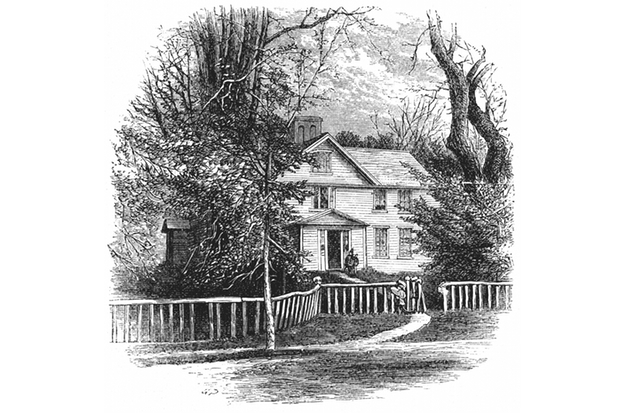Every year, tens of thousands of visitors flock to the Mark Twain House in Hartford, Connecticut, in order to see where he lived and wrote. Many famous writers’ homes are preserved for visitors, some of whom are devoted readers (and some who know they are supposed to read his or her books). Twain, we can imagine, sat in that chair while writing Huckleberry Finn. However, only a small portion of the objects one sees were actually there when the writer lived in the house. Most of the original pieces were either sold off or dispersed to family members.
The cost of building this 1874 house and furnishing it, in fact, was too much for Twain, and he and his family needed to sell most of it and move abroad in 1891. (Much of what visitors see there are either reproductions or ‘period’ objects that look like the furniture the Clemenses actually owned, based on photographs.)

Get Britain's best politics newsletters
Register to get The Spectator's insight and opinion straight to your inbox. You can then read two free articles each week.
Already a subscriber? Log in






Comments
Join the debate for just £1 a month
Be part of the conversation with other Spectator readers by getting your first three months for £3.
UNLOCK ACCESS Just £1 a monthAlready a subscriber? Log in